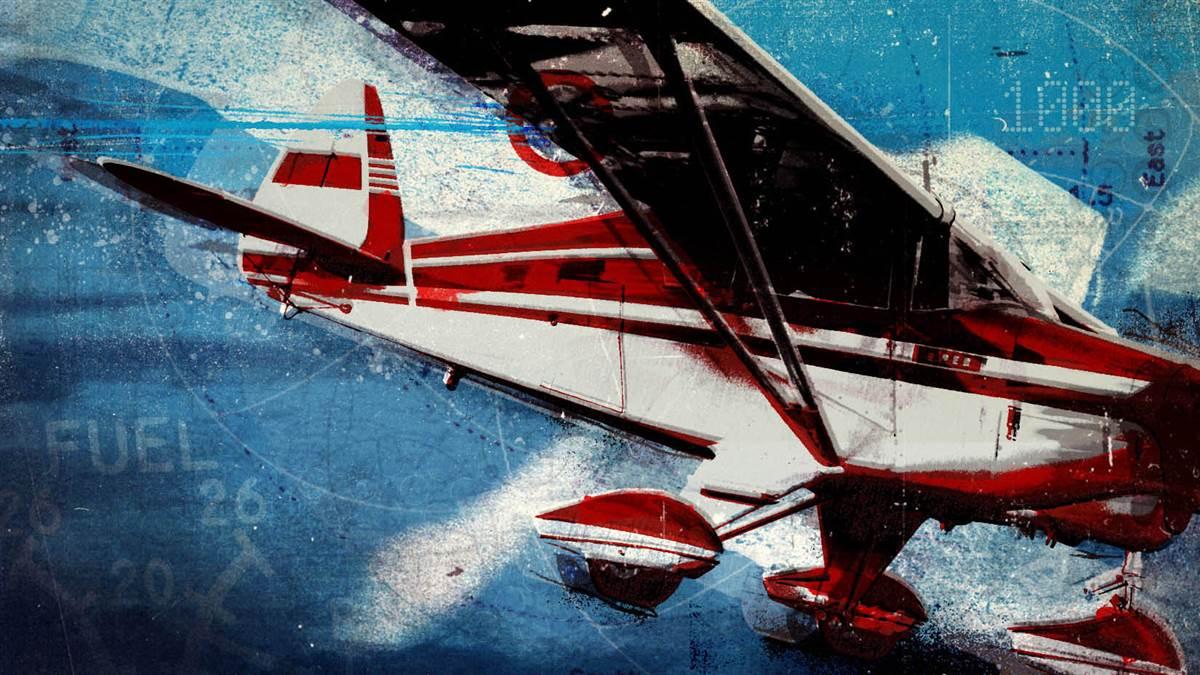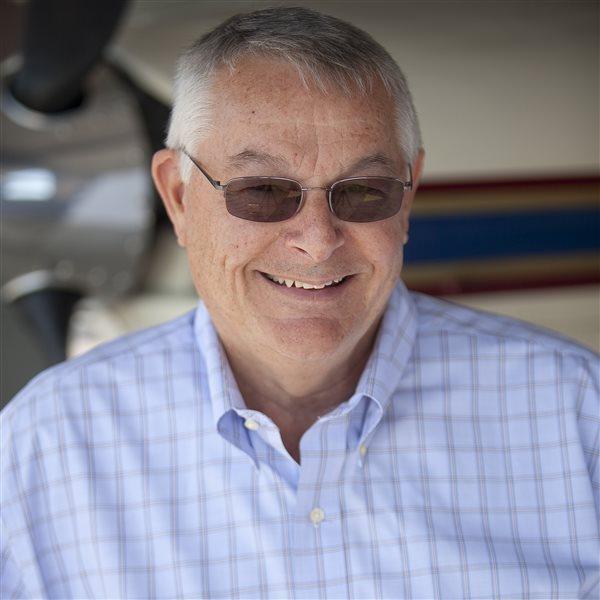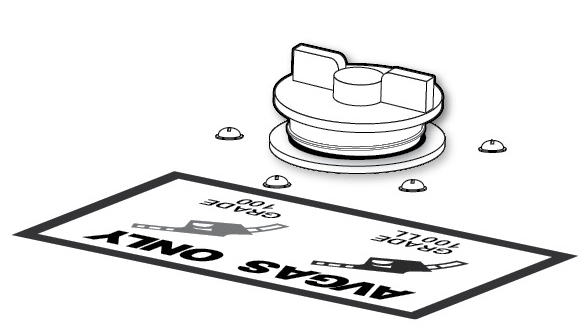
“Leave the caps off because I want to double
-check the fuel levels,” I told the Annapolis, Maryland, student. The Piper Tri-Pacer was still in its dirt-floor hangar. I was a newly trained flight instructor but had given instruction in Lexington, Kentucky, before moving to Arlington, Virginia. This was a weekend job, given that I lived 38 miles away.
The left tank was nearly full and I replaced the cap. The lesson was starting 10 minutes late and we needed to get in the air. The right tank was half full and I replaced the cap, twisting it to the stop—I thought. The aircraft’s wheels sat in a small depression and it took a hefty tug to get it rolling out of the open hangar.
Lee Airport lies under Washington, D.C., airspace, and I stressed to the student it was important to identify landmarks that correlate to the airspace boundary. We would fly to the practice area across the Chesapeake Bay and needed to climb as soon as we reached airspace with a higher floor. I wanted as much altitude as allowed for the trip across the bay.
It was a good lesson, I thought. The student was looking outside, identifying ground reference points, and taking extra care to avoid Class B airspace. It was a good foundation for cross-country training. We never used full cruise power during flight training. That would pay off later since I never noticed what was probably a thin, blue stream of siphoned gas coming off the back of the right wing.
There were no steep turns or stalls during the flight, another factor that probably helped. The lesson was short, since it had started late and I had follow-on students waiting. Coming back across the bay I watched as the student descended in time to meet altitude restrictions. He was a cadet at the United States Naval Academy at Annapolis, self-financing his flight training to improve his chances of becoming a fighter pilot.
The landing went well despite the short 2,500-foot runway. Final included passing low above a bank building.
Back at the hangar we turned 90 degrees and shut down the engine in preparation for pushing the aircraft into the hangar. As my luck would have it, the flight school owner was waiting in the hangar. My right gas cap had been reported by a concerned fellow pilot. It was now lying at the feet of the flight school owner. The first pull had rolled the cap out of the tank opening and sent it tumbling down the wing.
The student and I both learned my lesson at the same time. Don’t rush the preflight. Make sure the cap is tight. (Double-check your instructor.) A number of lucky factors had come together to save the flight. It was short. There was no excessive maneuvering. The half-full tank apparently didn’t allow much gas to siphon out, especially at the lower speeds we were using. And that line in the checklist about putting fuel on the fullest tank for landing works. By the way, another item on the checklist called for fuel caps to be secure. No excuse, sir.
Starting with the very next flight I never asked a student to leave the fuel caps off before I double-checked. And if a preflight was rushed or interrupted, I made sure it started over from item number one.

 “I never noticed what was probably a thin, blue stream of siphoned gas coming off the back of the right wing.”
“I never noticed what was probably a thin, blue stream of siphoned gas coming off the back of the right wing.”

